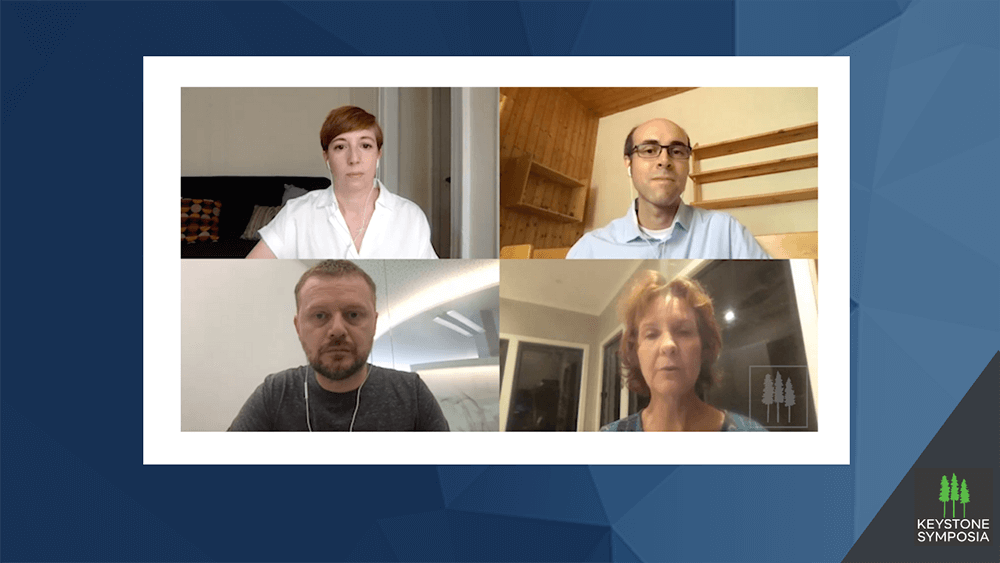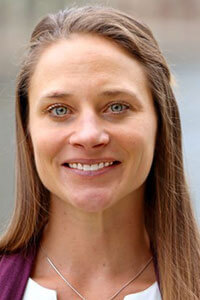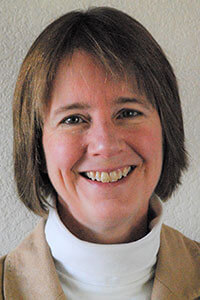
Editors from Nature, Frontiers, EMBO and JEM journals discuss the inaugural symposium “Vaccinology in the Age of Pandemics: Strategies Against COVID-19 & Other Global Threats.” Watch the video from Keystone Symposia at the bottom of the page.
With coronavirus vaccinations expected to begin in mere weeks, Pfizer and Moderna have accomplished in 10 months what typically takes years. The success of this rapid-speed vaccine development is owed to many factors — and one of them may be the rise of virtual gatherings, which enable participants from around the world to collaborate on solutions.
This past June, Keystone Symposia hosted “Vaccinology in the Age of Pandemics: Strategies Against COVID-19 & Other Global Threats,” a digital rendition of a canceled in-person meeting on vaccinology, originally scheduled for February in Florence, Italy.
“We reshaped that meeting … into one that focused on COVID because obviously this is now where the whole field is centering their attention …. and also applying whatever they had been working on to this new challenge collaboratively,” said Shannon Weiman, Ph.D., scientific communications manager at Keystone Symposia.
More than 1,700 participants from 44 countries — triple the attendance of the usual face-to-face vaccinology conference — tuned in for two days of discussions and sessions revolving around the latest advances in vaccine development. Dr. Anthony Fauci, director of the National Institute of Allergy and Infectious Diseases, gave the keynote.
The vaccinology eSymposia “occurred at a critical juncture that served to connect scientists working on countless independent vaccine discovery efforts,” Thale Jarvis, Ph.D., chief science officer at Keystone Symposia, told Convene. “The sharing of unpublished data and vaccine strategies served to catalyze and accelerate bold innovations; importantly, the conference also provided a forum to critique study design and endpoints, thereby promoting a global consensus on rigorous testing and correlates of protection.”
Expanding the Audience
Keystone Symposia worked with partner Digitell to build out the virtual platform for the two-day eSymposia, which included speaker presentations, live Q&A, and panel discussions — all of which remains available on demand. The virtual platform opened up access by eliminating the need to travel and reducing the cost of the event itself. That, coupled with financial support from the Bill and Melinda Gates Foundation, made it possible for 274 individuals from low- or middle-income countries and 252 students, post-docs, and early-career scientists to attend for free.
During speaker sessions at the vaccinology eSymposia, live Q&A proved quite successful in giving everyone an equal platform. Weiman said that she thinks that is where virtual has a leg up on in-person events. “I think that’s actually been a benefit above a regular meeting because … you might get three people raising their hand to ask questions and often it’s the field leader who’s in the front row,” Weiman said. “In this case, we see so many more questions from so many younger trainees … who might be too nervous to get up in front of everyone at a meeting but feel more comfortable at their computer to type in their question … and also [from] those who might not speak English as fluently [who] feel more comfortable typing in the question.”
Keystone also turned those live Q&A’s into ongoing forums — plans call for them to be kept open at least until March to allow the discussions to keep evolving. “The speakers have all been really enthusiastic to engage in that as well,” Weiman said, “and to continue to connect with the audience after they give their talk.”
This urge to find ways to engage more deeply is central to Keystone’s work with its portfolio of around 60 scientific meetings annually, which encompasses just as many different scientific communities. “Organizers are disappointed about not being able to meet in person,” Weiman said, “but they’re most disappointed for the students who won’t have that opportunity to share their work and to become engaged with the community because they feel like that’s one of the most important and formative aspects of our meetings.”
In some cases, they’ve opted to mold the event to focus more on talks given by the younger or up-and-coming trainees. Other solutions include giving students the option to make one-on-one appointments with other attendees or speakers as well as career-focused roundtables via Zoom for networking. Their interactive ePoster sessions include a live-chat feature, and participants can also upload a short video presentation — “like a trailer for their work” — which will stay up several months after the meeting concludes.
Laying the Groundwork
Although the vaccinology eSymposia was the first multiday online event produced by Keystone and partner Digitell, they have had some practice: The Colorado-based nonprofit has been producing shorter virtual symposiums (or VKS) for the last five years in addition to producing face-to-face conferences and events across the health-care and life-sciences spectrum since 1972.

Nick Dua
“We put together 60 meetings a year and each and every one of those meetings represents … 60 separate communities,” said Nick Dua, senior director of communications at Keystone Symposia. In this way, Dua and his team see expanding their virtual platform as a way to make their conferences more accessible and inclusive for the global scientific community.
In “Reimagining Scientific Conferences During the Pandemic and Beyond,” an article published in the American Association for the Advancement of Science’s journal, Science Advances, Weiman, Jarvis, and co-author Deborah Johnson wrote: “Broadening access to scientific meetings lifts the entire community. Trainees benefit from critical career development and networking opportunities. Increasing diversity enables a future that serves all of humanity, where research and medicine encompass the full spectrum of perspectives, insights, and needs of a broad community.”
Jennifer N. Dienst is managing editor of Convene.


